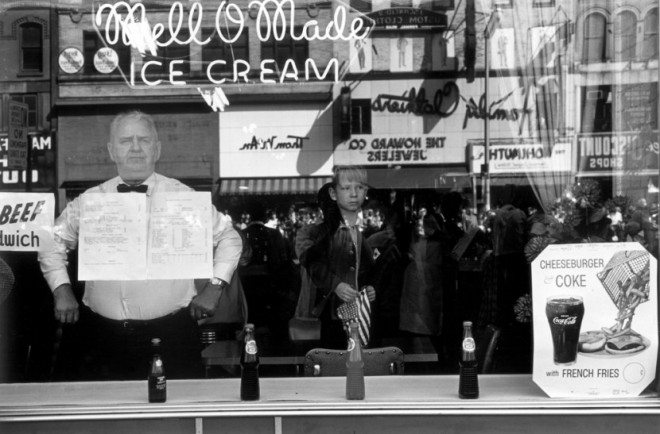A major force in New York intellectual life for more than 40 years, the novelist, essayist, and critic Susan Sontag (1933-2004) was renowned for her brilliant and impassioned writing on photography. From June 6 through September 3, 2006, The Metropolitan Museum of Art presented an exhibition of some 40 photographs that celebrate Sontag's contribution to the history of the medium, featuring works from the Metropolitan's collection by a wide range of artists, including Julia Margaret Cameron, Edward Steichen, Eugène Atget, Walker Evans, Edward Weston, Robert Frank, Andy Warhol, and Peter Hujar.
Sontag's groundbreaking essays on photography were first published in the New York Review of Books and later collected in the award-winning book On Photography (1977). She revisited the subject in her last book, Regarding the Pain of Others (2003), reflecting on the complex ethical questions raised by photographs of war and disaster.
Nearly all of the wall texts presented in the exhibition are drawn from Sontag's vividly aphoristic prose. In some cases, the photographs relate directly to focused discussions of individual works, such as

Robert Capa's Falling Soldier (1946),
an icon of photojournalism taken during the Spanish Civil War. Also included were selected works by photographers Sontag wrote about at length, including Diane Arbus, Robert Mapplethorpe, E. J. Bellocq, and Annie Leibovitz.
In other cases, small grouping of photographs provide visual complements to Sontag's broader insights and ideas about the medium. For example, a passage from On Photography commenting on the medium's inherent surrealism was accompanied by


a haunting photograph of mannequins in a Paris store window by Atget;

Eli Lotar's Slaughterhouses at La Vilette (1929);

and a puzzle-like, 1960s street scene by Lee Friedlander.
Asked in 1975 why she decided to write about photography, Sontag said: "Because I've had the experience of being obsessed by photographs. And because virtually all the important aesthetic, moral, and political problems—the question of 'modernity' itself and of 'modernist' taste—are played out in photography's relatively brief history."
Because she came to her subject not as a photo-historian, but rather as a critic, an observer of culture, and a wide-ranging intellectual, Sontag's views were not – are not – universally accepted within photography circles, but they prompted a type of examination and discussion of the medium that was without precedent.
Susan Sontag was the author of four novels, several plays, a volume of short stories, and dozens of critical essays on subjects as diverse as photography, illness, avant-garde theater, the aesthetics of fascism, and the camp sensibility. She died of leukemia in December 2004.
On Photography: A Tribute to Susan Sontag was organized by Mia Fineman, Senior Research Associate in the Department of Photographs. Graphic design by Norie Morimoto, lighting by Clint Ross Collier and Rich Lichte.
Nice review with lots of images: NY TIMES